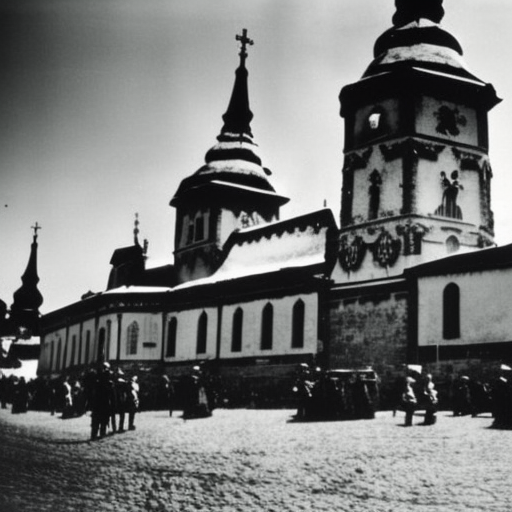Siege of Eger: A Defining Moment in Hungarian History
The Siege of Eger was a significant event that took place in 1552 during the Ottoman-Habsburg wars. It was a crucial battle for the Kingdom of Hungary, as it demonstrated the resilience and determination of the Hungarian defenders against the powerful Ottoman Empire. The siege lasted for 39 days and ended with a Hungarian victory, marking a turning point in the struggle against Ottoman expansion in Central Europe.
The Background
By the mid-16th century, the Ottoman Empire had already conquered vast territories in the Balkans and threatened the Kingdom of Hungary. In 1526, the Hungarian army suffered a devastating defeat at the Battle of Mohács, resulting in the death of King Louis II and the division of Hungary into three parts. The central region, including the city of Eger, fell under Ottoman control.
The Hungarian Defense
Under the leadership of Captain István Dobó, the defenders of Eger prepared for the imminent Ottoman attack. The fortress was reinforced, and the garrison was composed of a diverse group of soldiers, including Hungarian nobles, peasants, and even women. The defenders were determined to protect their city and their way of life from the Ottoman invaders.
The Siege Begins
In the summer of 1552, the Ottoman army, led by Grand Vizier Kara Ahmed Pasha, arrived at Eger and began the siege. The Ottomans had a significant numerical advantage, with an estimated force of 35,000 soldiers compared to the 2,100 defenders. However, the defenders of Eger used their knowledge of the terrain and the fortifications to their advantage.
The Hungarian Resistance
The defenders of Eger fought fiercely against the Ottoman forces. They used various tactics, including pouring boiling oil and water on the attackers, throwing stones and logs, and launching counterattacks. The women of Eger played a crucial role in the defense, providing support to the soldiers by tending to the wounded, supplying ammunition, and even participating in combat.
The Turning Point
After several weeks of intense fighting, the Ottoman forces launched a final assault on September 12, 1552. However, the defenders of Eger managed to repel the attack, inflicting heavy casualties on the Ottomans. This victory boosted the morale of the defenders and demoralized the Ottoman army, leading to their eventual retreat.
The Legacy
The Siege of Eger became a symbol of Hungarian resistance against the Ottoman Empire. It demonstrated that a determined and well-prepared defense could overcome overwhelming odds. The victory at Eger inspired other Hungarian cities and regions to resist Ottoman occupation and played a significant role in the eventual liberation of Hungary from Ottoman rule.
Conclusion
The Siege of Eger was a pivotal moment in Hungarian history. It showcased the bravery and resilience of the Hungarian defenders against the powerful Ottoman Empire. The victory at Eger not only protected the city but also inspired hope and resistance throughout Hungary. The event remains an important part of Hungarian national identity and serves as a reminder of the strength of the human spirit in the face of adversity.












